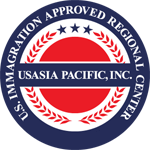
The Seattle-Tacoma-Bellevue metropolitan statistical area (MSA) ranks 13th out of 362 markets nationally in terms of effective buying income (EBI). The Seattle area’s median household EBI is 20% higher than the national median. Numerous factors contribute to the region’s economic prosperity — including steady population growth and a flourishing, entrepreneurial business sector. Population growth and business growth in the region is expected to continue in the near future. According to the Puget Sound Regional Council, the area’s population is expected to increase 4.2% over the next 4 years, to nearly 4 million.According to Conway & Pedersen’s (December 2012) Economic Forecaster, the region is showing signs of employment growth and the number of jobs is expected to increase 1.2% in 2013 and 2.4% in 2014. Also, personal income is up almost 2.0% from 2010 and housing permits are up 23% for the year.
Our mission is to increase employment and promote regional economic growth through targeted investments while also assisting nonresidents to become integrated, permanent U.S. residents. Immigration to the U.S. is a complicated process. We understand that and have personal experience navigating the system. ML Companies and Access the USA’s legal team will assemble and submit the necessary immigration application paperwork on your behalf. We also provide up-to-the minute status of your green card application. If you prefer, you have the option to use your own attorney to submit your immigration application. As the premier EB-5 immigration investment company, ML Companies and Access the USA offers superior investment opportunities in the Pacific Northwest.
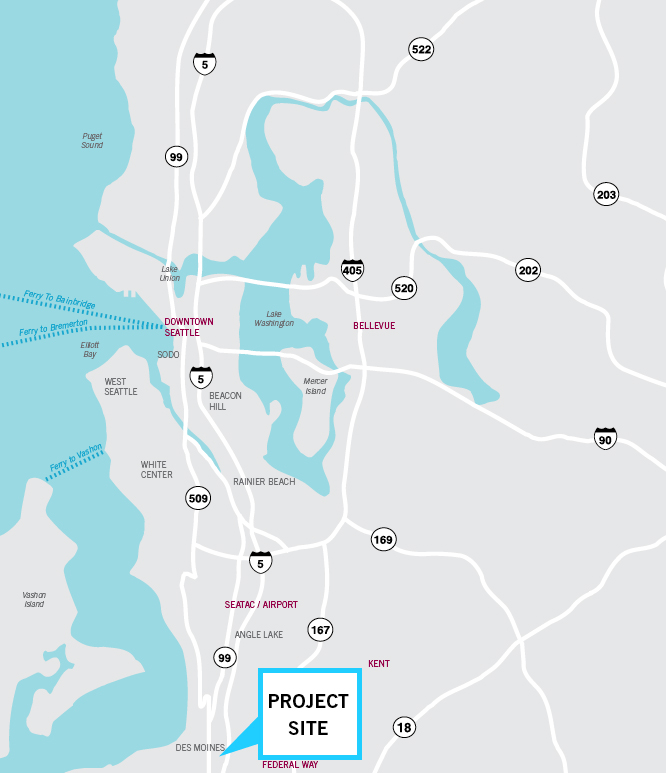

Washington has the ninth best climate for businesses in the nation, helped in part by the absence of a personal state income tax, according to a Washington, D. C.-basedtax research group. Seattle passed Boston to become the nation’s No. 2 high-tech center, according to the Milken Institute’s “North America’s High-Tech Economy: The Geography of Knowledge-Based Industries” released in June 2013 (Silicon Valley continues to rank No. 1). The study evaluated the number of employees in the various technology sectors, employee salaries, and the relative size of the industry compared to the entire city. Washington scored the highest marks in the country with the biggest percentage of people working in the high-tech industry receiving the largest salaries.The Seattle area has long been recognized for its strong and consistent business climate as well as its expert workforce. A number of factors contribute to the region’s prosperous business community — from its entrepreneurial strength to the education levels and skill sets of its work force. Seattle consistently ranks as the most educated city: 51.3% of all Seattle adults 25 and older hold bachelor’s degrees or better, according the Census Bureau. The region accommodates every major industry, making its work force one of the most skilled and diverse in the country. Many of today’s top businesses call Seattle home, including:
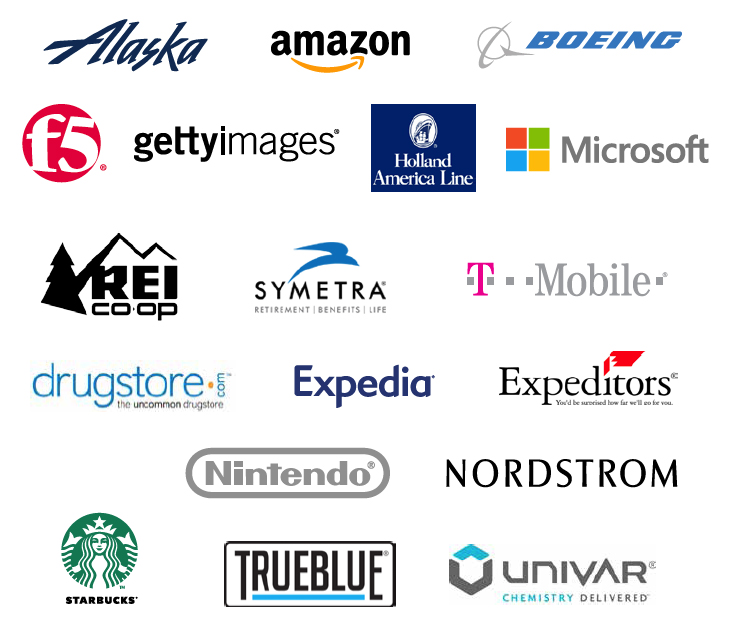

With more than 72,000 workers, Boeing is the region’s largest employer and is expected to continue to add workers in many categories. Recently, Boeing announced it will increase production of the Renton-built 737 singleaisle jets in early 2012 from the current 31.5 airplanes per month to 42 airplanes per month by 2014. Boeing also has ramped up production of the 777 from 6 per month to 7 per month and then 8.3 per month in 2014. The world’s largest aerospace company, Boeing is the No. 2 maker of large commercial jets (behind rival Airbus) and the No. 2 defense contractor behind Lockheed Martin.

Microsoft is the second largest private employer in the state of Washington and its impact on the local economy cannot be underestimated. A recent study by the University of Washington makes several interesting observations on the economic impact Microsoft has had on the region: $43.84 billion (13.6%) of gross state product in Washington was contributed by Microsoft; $7 billion in worker compensation paid ($1.6 billion more than entire aerospace industry); 39,300 local employees (behind Boeing’s 71,802); 28.5% of jobs created in Washington State since 1990 are attributable to Microsoft.

With nearly $66.9 billion in exports in 2014, according to the World Institute for Strategic Economic Research, Washington State ranked as the fourth largest exporting state in the nation, just after Texas, California and New York. Seattle and Tacoma are among the most diversified ports in the Western region, making trade crucial to the state’s economy. One-third of Washington-grown products are shipped overseas. The Puget Sound region has been found to be one of the most export dependent metro areas in the nation, according to the Washington Council on International Trade. One out of three area jobs is directly or indirectly related to international trade. In 2015, Washington food and agricultural exports reached $6.1 billion. Two thirds of all Washington agricultural exports flow to Asia.
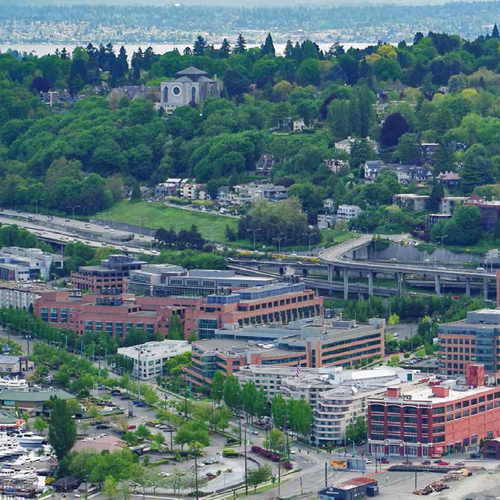
Washington State companies stand on the threshold of major breakthroughs that will revolutionize medical diagnostics and therapeutics, agriculture, and a wide variety of industrial processes with increasing economic benefit locally, as well as globally. The technology foundation of Washington’s industry is the federally funded cutting edge research conducted at the University of Washington, Washington State University, Fred Hutchinson Cancer Research Center, Pacific Northwest Research Institute, and Virginia Mason Research Center. In fact, nearly onehalf of the more than 190 biotechnology and medical device firms in the state are founded on technologies developed at these institutions. Since 1980, the state’s research institutions have attracted $19.3 billion into the state — mostly federal research and training money focused on health science — and environmental-related basic research. To date, the state’s industry has primarily developed as technology spin-offs from the state’s research institutions and older more established companies, and the principal owners’ decision to live and work in Washington State. However, in recent years the region has begun to see companies relocate to Seattle from other states or countries to be closer to their respective technology development centers.
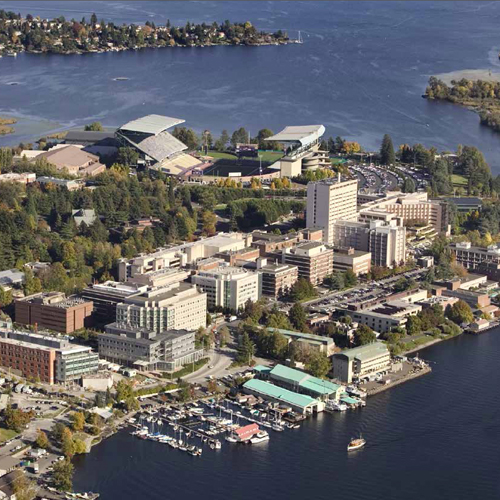
Seattle’s reputation as a leader in high technology and biotechnology and the allure of the region’s natural beauty attract the world’s best minds to several medical ser vice providers. Fred Hutchinson Cancer Research Center is world renowned for its treatment and research into causes of cancer, and its staff includes three Nobel Prize Winners. Harborview Medical Center is responsible for level I trauma in Washington, Idaho and Alaska. Decades ago, it was instrumental in establishing Medic One, one of the country’s first emergency-response programs. US News and World Report has listed Harborview’s orthopedic ser vice as one of the top 10 ser vices of its kind in the country for three consecutive years.
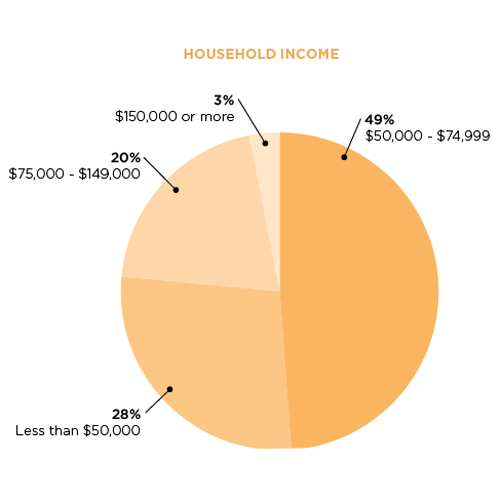
In recent years, a friendly, pro-business climate and ample development opportunities have provided room for a multitude of new businesses. The city has worked hard to create an environment that supports business development while enhancing the quality of life in the community. The Mayor, City Council, and staff have nurtured the entrepreneurial spirit and fostered successful public-private partnerships. In particular, the city has streamlined permitting and reduced approval time in order to help expedite quality developments. The city encourages businesses that grow the employment base, with bold strategic economic development plans that focus on the future. Examples of the economic development ventures facilitated by the city are the downtown revitalization efforts, the marina development project and Pacific Highway redevelopment.

With more than 72,000 workers, Boeing is the region’s largest employer and is expected to continue to add workers in many categories. Recently, Boeing announced it will increase production of the Renton-built 737 singleaisle jets in early 2012 from the current 31.5 airplanes per month to 42 airplanes per month by 2014. Boeing also has ramped up production of the 777 from 6 per month to 7 per month and then 8.3 per month in 2014. The world’s largest aerospace company, Boeing is the No. 2 maker of large commercial jets (behind rival Airbus) and the No. 2 defense contractor behind Lockheed Martin.
Des Moines is a city of 30,687 people, and 6.3 square miles – a unique town midway between the cities of Seattle and Tacoma, and just two miles from SeaTac International airport. Seattle’s ocean shipping terminals are just 13 miles away and Tacoma’s just 10 miles.
Des Moines also draws an exceptionally talented workforce from Highline College, which is filled with the next generation of employees in the high-tech, manufacturing, medical, hospitality, and service industries. With nationally recognized public schools, an excellent community college and nearby higher learning institutions, Des Moines offers a learning environment that benefits employees and their children.Des Moines’ strong economic base, diversity, and favorable business climate are attracting leading companies that look to provide employees and their families with an outstanding quality of life. Come be a part Des Moines’ vibrant community!